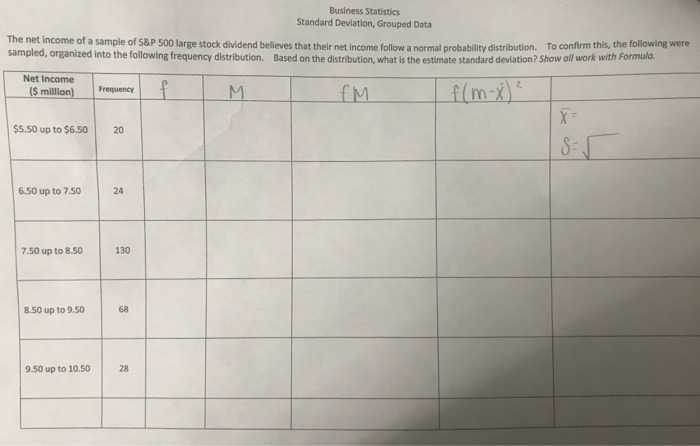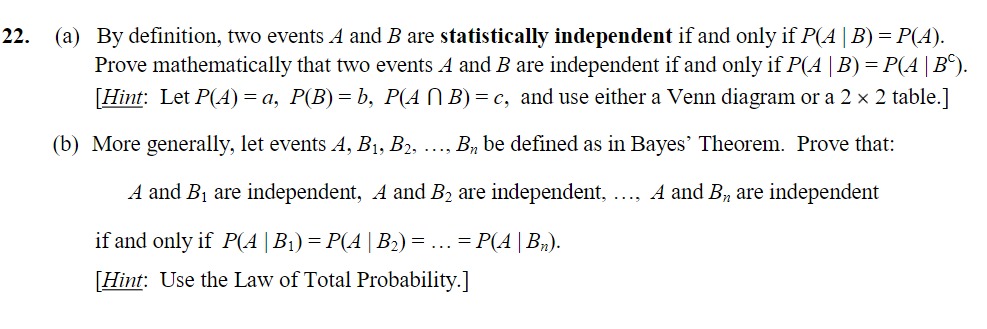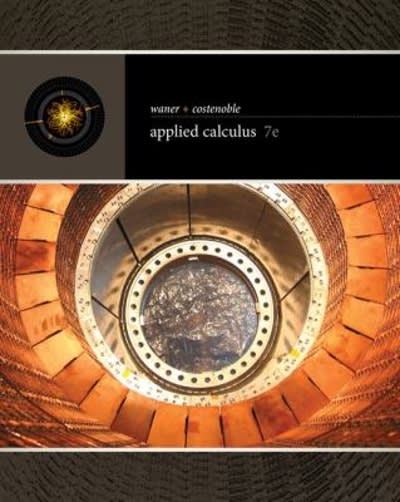Question
Consider the following situation. Suppose we have two fair dice, D1 with 5 red sides and 1 white side and D2 with 1 red side
Consider the following situation. Suppose we have two fair dice, D1
with 5 red sides and 1 white side and D2 with 1 red side and 5 white sides.
We pick one of the dice randomly, and throw it repeatedly until red comes
up for the first time. With the same die this experiment is repeated two more
times. Suppose the following happens:
First experiment: first red appears in 3rd throw
Second experiment: first red appears in 5th throw
Third experiment: first red appears in 4th throw.
Show that for die D1 this happens with probability 5.7424 10?8, and for
die D2 the probability with which this happens is 8.9725 10?4. Given these
probabilities, which die do you think we picked.
Let X1, X2, . . . be a sequence of independent and identically distributed
random variables with distributions function F. Define Fn as follows: for any a
Fn(a) = number of Xi in (??, a]
n .
Consider a fixed and introduce the appropriate indicator random variables (as
in Section 13.4). Compute their expectation and variance and show that the
law of large numbers tells us that
limn?? P(|Fn(a) ? F(a)| > ?)=0.
13.8 In Section 13.4 we described how the probability density function
could be recovered from a sequence X1, X2, X3, . . . . We consider the
Gam(2, 1) probability density discussed in the main text and a histogram bar
around the point a = 2. Then f(a) = f(2) = 2e?2 = 0.27 and the estimate
for f(2) is Yn/2h, where Yn as in (13.3).
a. Express the standard deviation of Yn/2h in terms of n and h.
b. Choose h = 0.25. How large should n be (according to Chebyshev's inequality) so that the estimate is within 20% of the "true value", with
probability 80%?
13.9 Let X1, X2, . . . be an independent sequence of U(?1, 1) random
variables and let Tn = 1
n
n
i=1 X2
i . It is claimed that for some a and any
? > 0
limn?? P(|Tn ? a| > ?)=0.
a. Explain how this could be true.
b. Determine a.
13.10 Let Mn be the maximum of n independent U(0, 1) random variables.
a. Derive the exact expression for P(|Mn ? 1| > ?).
Hint: see Section 8.4.
b. Show that limn?? P(|Mn ? 1| > ?) = 0. Can this be derived from Chebyshev's inequality or the law of large numbers?
13.11 For some t > 1, let X be a random variable taking the values 0 and t,
with probabilities
P(X = 0) = 1 ? 1
t and P(X = t) = 1
t
.
Then E[X] = 1 and Var(X) = t?1. Consider the probability P(|X ? 1| > a).
a. Verify the following: if t = 10 and a = 8 then P(|X ? 1| > a)=1/10 and
Chebyshev's inequality gives an upper bound for this probability of 9/64.
The difference is 9/64 ? 1/10 ? 0.04. We will say that for t = 10 the
Chebyshev gap for X at a = 8 is 0.0



Step by Step Solution
There are 3 Steps involved in it
Step: 1

Get Instant Access to Expert-Tailored Solutions
See step-by-step solutions with expert insights and AI powered tools for academic success
Step: 2

Step: 3

Ace Your Homework with AI
Get the answers you need in no time with our AI-driven, step-by-step assistance
Get Started


